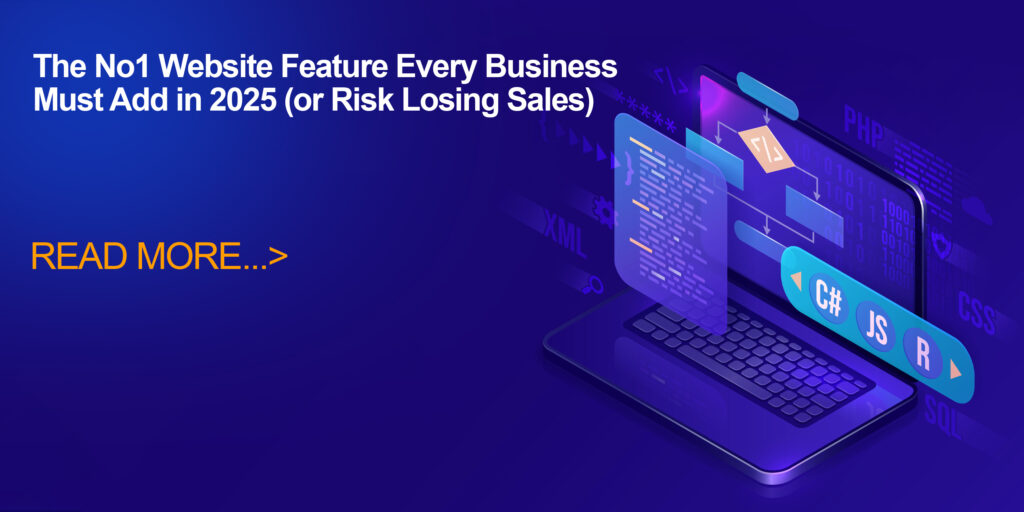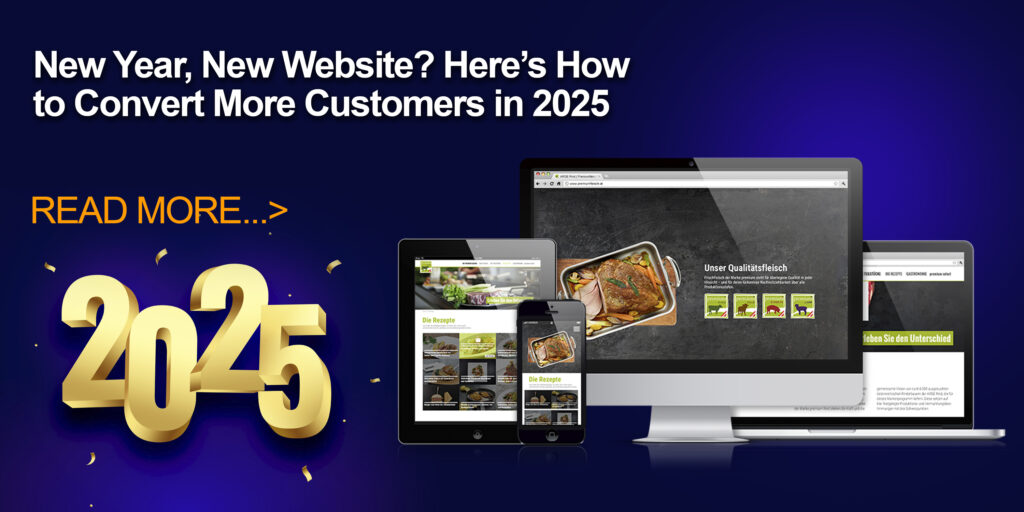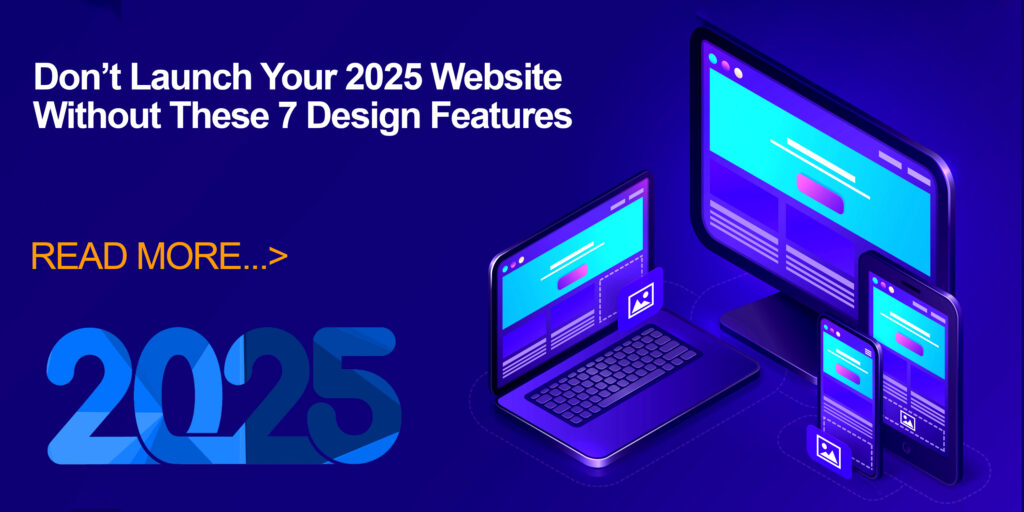The No 1 Website Feature Every Business Must Add in 2025 (or Risk Losing Sales)
No 1 Website Feature Every Business Must Add in 2025 In the evolving digital landscape, one thing is clear: consumer behavior is changing faster than ever. With advancements in AI, voice search, and hyper-personalization, businesses that fail to adapt are being left behind. As we step into 2025, there is one critical website feature that every serious business must implement — or risk falling behind in visibility, conversions, and revenue.
The Game-Changer: Real-Time Customer Experience Personalization
The #1 website feature every business must integrate in 2025 is real-time customer experience personalization. This feature is no longer a luxury; it’s a competitive necessity. It involves dynamically adjusting website content, layout, recommendations, and offers based on individual user behavior, location, intent, and browsing history.
Why does it matter?
Because users today expect instant relevance. 74% of online consumers get frustrated when website content is irrelevant. Businesses that personalize their site in real-time experience up to 40% higher conversion rates.
How Real-Time Personalization Works
Real-time personalization works by integrating advanced AI algorithms and behavioral analytics tools to monitor:
- Clickstream data
- Past purchases
- Time on page
- Geo-location
- Device type
- Referral source
Once analyzed, the system adjusts in milliseconds to show:
- Personalized product recommendations
- Dynamic calls-to-action
- Location-specific offers
- Customized banners and headlines
- Relevant blog posts or resources
This isn’t just smart—it’s sales-boosting.
Key Benefits of Real-Time Personalization
1. Boosts Conversions Instantly
By tailoring messages to user intent, businesses can significantly reduce bounce rates and guide visitors to take action. Studies show that personalized CTAs perform 202% better than default ones.
2. Enhances User Engagement
When users see content that speaks directly to them, they stay longer, explore more, and trust your brand faster. This leads to higher customer satisfaction and stronger brand loyalty.
3. Improves SEO & Dwell Time
Google values user engagement. A personalized experience encourages longer session durations and more page views, sending positive signals to search engines that boost your rankings organically.
4. Increases Average Order Value (AOV)
With intelligent product upsells and personalized cross-sells, businesses report up to 30% increase in AOV. Amazon’s personalization engine alone contributes to over 35% of its revenue.
How to Implement Real-Time Personalization
Use a Powerful Personalization Engine
Invest in AI-driven tools like:
- Optimizely
- Dynamic Yield
- Adobe Target
- Monetate
- Segment
These platforms allow you to segment audiences, run A/B tests, and create personalized journeys at scale.
Collect and Analyze Data Ethically
Use first-party data through:
- Sign-ups and email captures
- On-site behavior tracking
- Preference centers
- Purchase history
Ensure your data practices follow GDPR and privacy regulations to build trust.
Create Content Variations
Prepare multiple versions of:
- Headlines
- Product descriptions
- Blog recommendations
- Offers and discounts
Each variation should match specific customer segments or user journeys.
Integrate With CRM and Email Automation
A well-connected ecosystem ensures consistency across:
- Website
- SMS
- Mobile push notifications
This unified approach helps deliver a seamless omnichannel experience.
Examples of Brands Winning with This Strategy
Nike
Nike uses geolocation and behavior data to show region-specific product drops, sports news, and promotions—creating a deeply personal shopping experience.
Netflix
Their recommendation engine dynamically adapts what you see based on real-time interactions. It’s not just engaging—it’s addictive.
Sephora
Sephora personalizes content, tutorials, and product suggestions based on skin tone, previous purchases, and quiz data.
What Happens If You Ignore It?
Lost Conversions
Your generic website experience may turn away users who expect relevance.
Declining SEO Rankings
Higher bounce rates and lower dwell time signal poor user experience to search engines.
Stagnant Revenue
You’ll miss out on cross-selling, upselling, and retargeting opportunities that your competitors are capitalizing on.
Future Trends That Support Real-Time Personalization
1. AI-Powered Predictive Personalization
By 2025, websites won’t just react to user behavior—they’ll predict it. Expect pre-loaded content and offers based on what the system expects a user will want next.
2. Voice Search and Visual Recognition
As smart devices rise, sites need to personalize based on voice commands and image searches. Personalization will extend beyond clicks and swipes.
3. Cookieless Personalization
With cookies fading out, first-party data and privacy-first personalization methods will dominate.
Make 2025 the Year of Smart Growth
As digital competition intensifies, one-size-fits-all websites are becoming obsolete. Businesses that adapt now with real-time personalization will be the ones driving conversions, winning customer loyalty, and outperforming competitors well into the future.
If you want to read more information about how to boost traffic on your Website just visit –> The Insider’s Views



